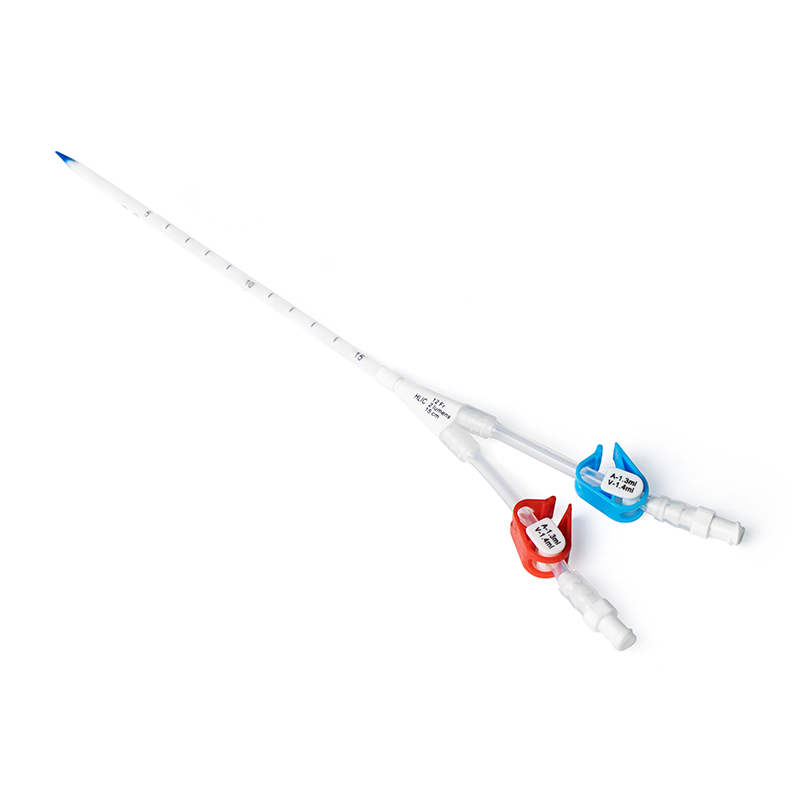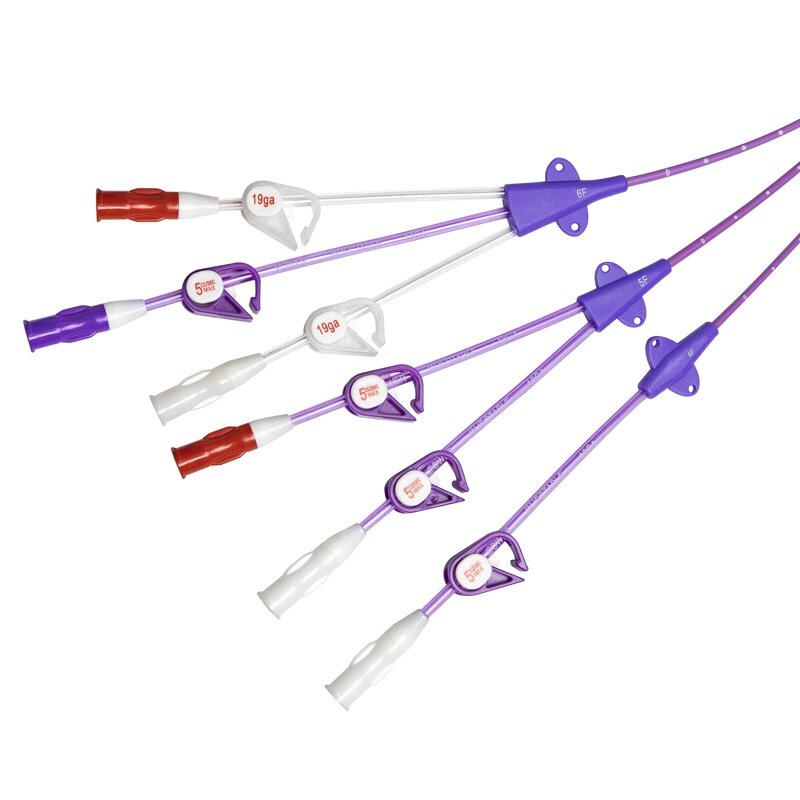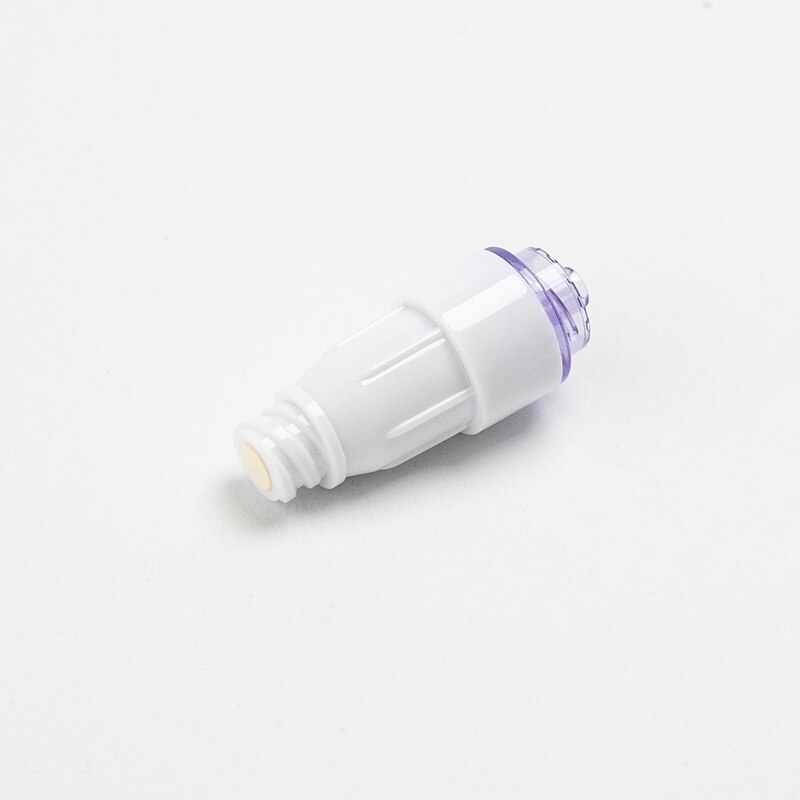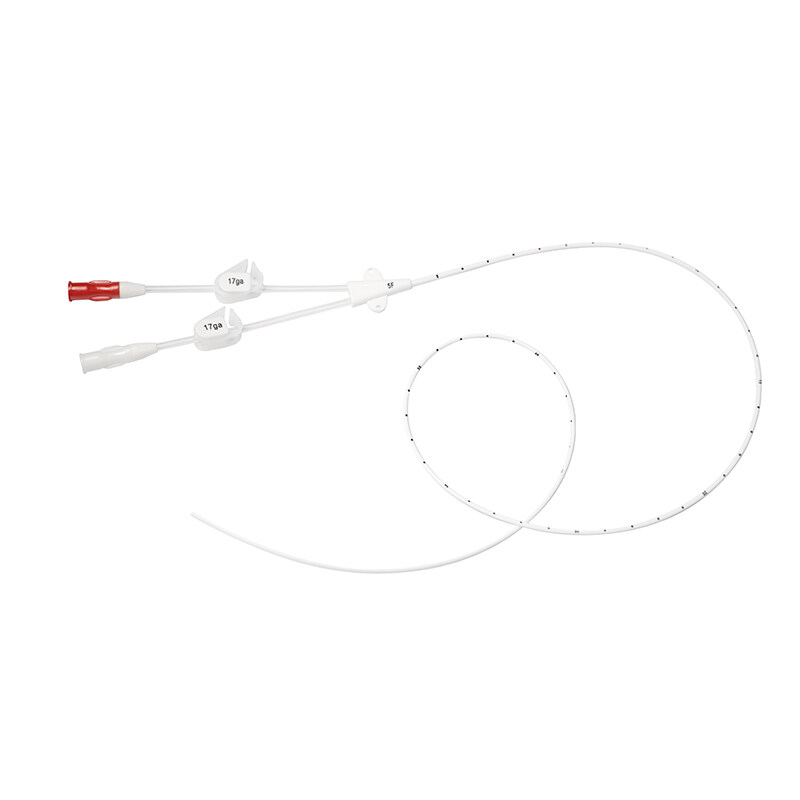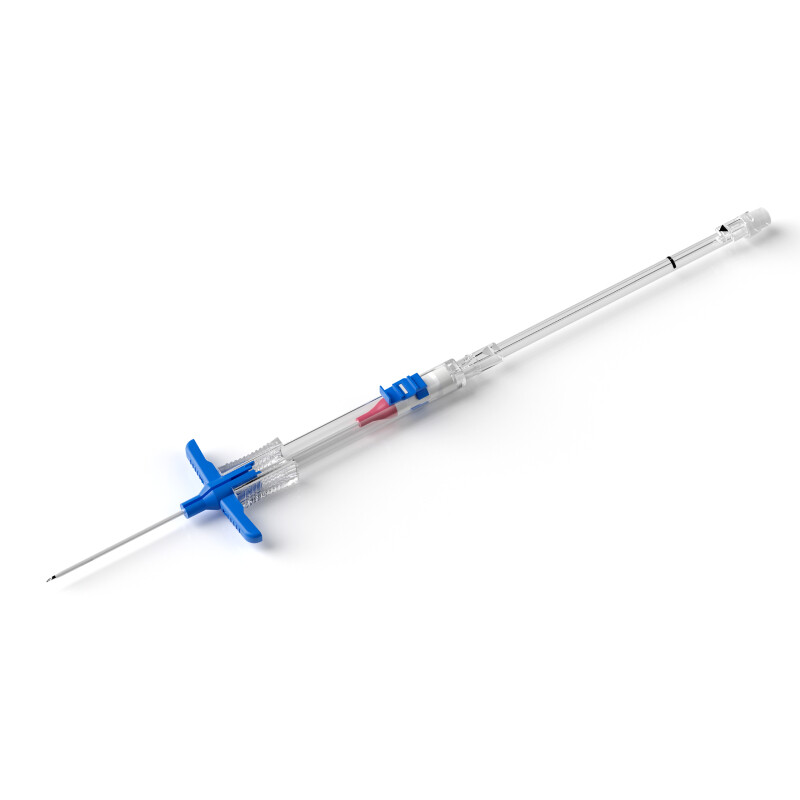A hemodialysis catheter placement procedure is typically done by a trained healthcare professional, such as a nurse or doctor.
The insertion procedure may vary slightly depending on the type of hemodialysis catheter kit being used, but generally follows these steps:
● The patient is positioned in a comfortable and safe position, such as lying down or sitting up.
● The insertion site is cleaned and disinfected to reduce the risk of infection.
● Local anesthesia may be used to numb the area where the catheter will be inserted.
● The healthcare professional will make a small incision or puncture in the skin at the insertion site to access the vein.
● The catheter is carefully threaded into the vein and advanced to the appropriate location. For tunneled catheters, the catheter is tunneled under the skin to prevent movement and reduce the risk of infection.
● Once the catheter is in place, it is secured using sutures or a dressing to prevent movement.
● The healthcare professional will test the catheter to ensure it is properly functioning before starting dialysis.
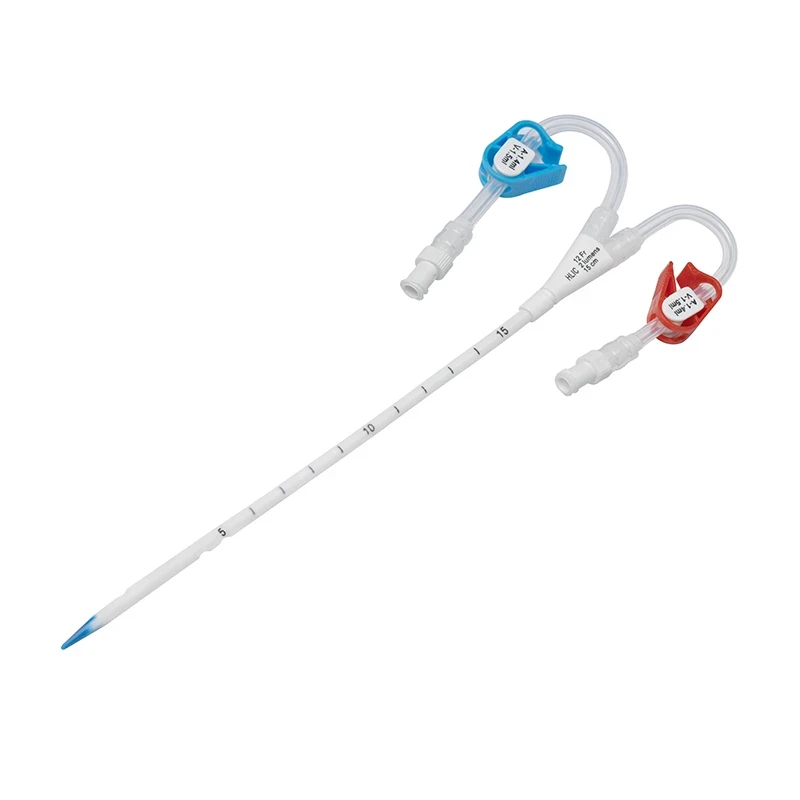
Hemodialysis Catheter
How Long Can a Hemodialysis Catheter Be Used?
The length of time a hemodialysis catheter can be used depends on various factors, such as the type of catheter, the patient's individual needs, and the risk of complications.
Non-tunneled hemodialysis catheters are typically used for short-term dialysis (weeks to months), while tunneled hemodialysis catheters can be used for longer periods (months to years). However, catheters should be removed as soon as possible once other forms of access, such as arteriovenous fistulas or grafts, are available.
Is Hemodialysis with a Catheter Painful?
The insertion of a hemodialysis catheter may cause some discomfort or pain, but this is usually temporary and can be managed with local anesthesia.
During dialysis, some patients may experience mild discomfort or pressure at the insertion site or in the chest, but this can be managed with pain medications or adjustments to the dialysis prescription.
Can Hemodialysis Catheters Cause Complications?
Hemodialysis catheters can increase the risk of complications, such as infection, bleeding, blood clots, and damage to the vein or surrounding tissues.
Patients with hemodialysis catheters should work closely with their healthcare team to understand the risks and take steps to minimize the risk of hemodialysis catheter complications.
Can Hemodialysis Catheters Be Removed?
Hemodialysis catheters can be removed once they are no longer needed or other forms of access, such as arteriovenous fistulas or grafts, are available. Catheter removal is typically a simple and quick procedure performed by a healthcare professional.
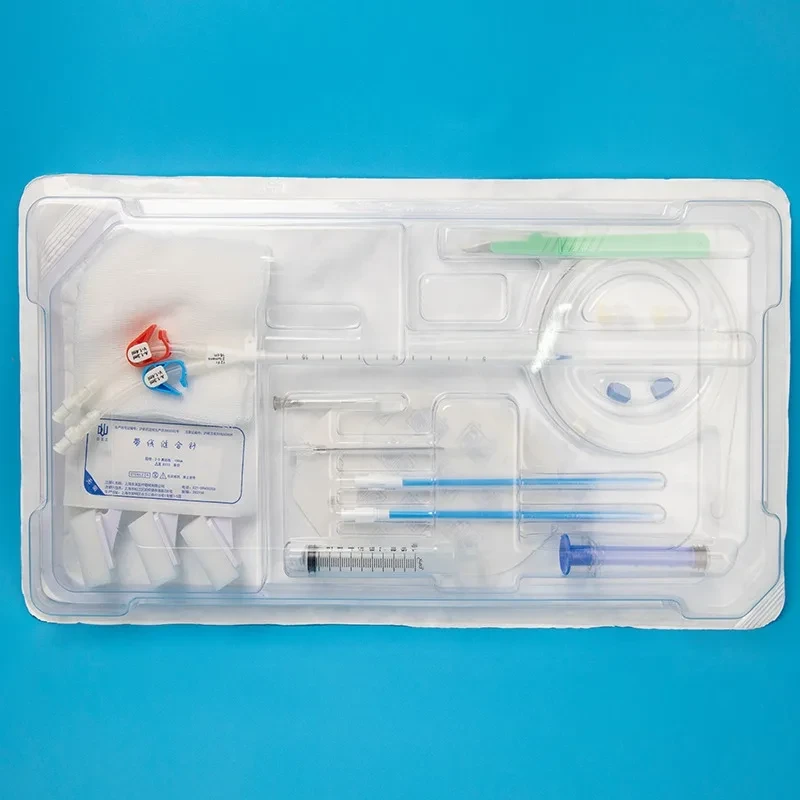
Hemodialysis Catheter Kit
Precautions After Hemodialysis Catheter Insertion
● After the catheter is inserted, the healthcare professional will provide instructions on how to care for the catheter and minimize the risk of infection. This may include keeping the insertion site clean and dry, avoiding swimming or soaking in water, and changing the dressing regularly.
● Patients with hemodialysis catheters should also be aware of the signs and symptoms of infection, such as redness, swelling, pain, or discharge at the insertion site, and report any concerns to their healthcare team immediately.
● Regular monitoring and maintenance of the catheter are also important to ensure it is functioning properly and minimize the risk of complications. This may include regular flushing of the catheter to prevent blood clots and regular dressing changes to prevent infection.
It is also important for patients to follow a healthy lifestyle and diet, as recommended by their healthcare team, to support the effectiveness of hemodialysis and improve overall health outcomes. This may include reducing salt and fluid intake, following a low-protein diet, and getting regular exercise.

